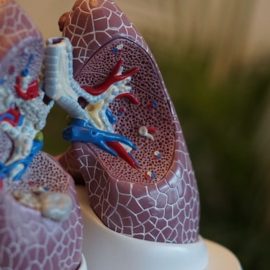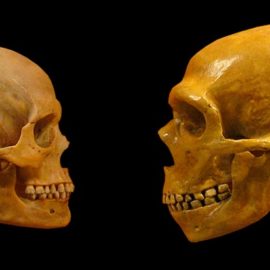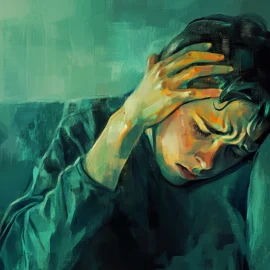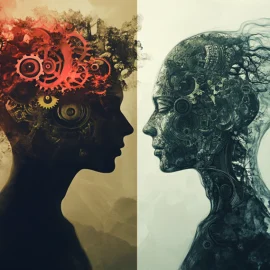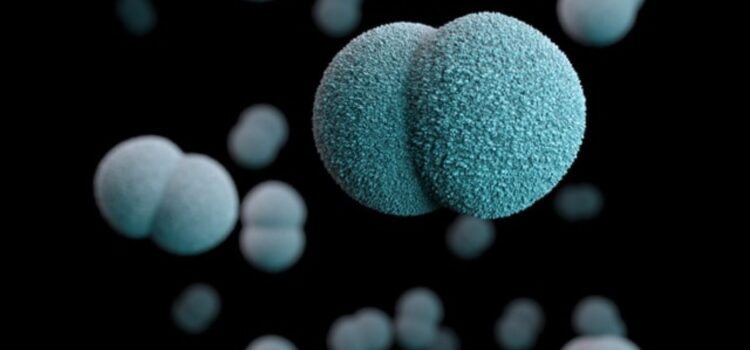

This article is an excerpt from the Shortform book guide to "The Emperor of All Maladies" by Siddhartha Mukherjee. Shortform has the world's best summaries and analyses of books you should be reading.
Like this article? Sign up for a free trial here .
What exactly is cancer? How do cancerous tumors develop?
Cancer is essentially a corruption of our biological processes. The same functions that normally keep us alive and healthy instead work to build and repair deadly tumors inside our bodies.
Keep reading to learn about cancer, explained in simple terms.
What Is Cancer?
In simple terms, cancer is uncontrolled cell division. Mitosis is the process of cells dividing to create new, identical cells—it’s how we grow and how our bodies repair the damage. Normally mitosis is strictly regulated by biological signals that control when it starts and when it stops, but cancerous cells don’t respond correctly to those signals. As a result, they replicate quickly and endlessly, eventually amassing in a tumor.
The author adds that it’s crucial to understand cancer is not a single disease, but a type of disease—for instance, lung cancer and leukemia are both cancers, but they have different causes, symptoms, and treatments. That’s part of the challenge in finding a universal cure for cancer.
How Does Cancer Kill?
Cancer is such a frightening disease because, in addition to being hard to cure, it’s often fatal. However, cancer itself doesn’t kill the patient; instead, mutated cells invade vital organs and prevent them from working properly, leading to deadly complications.
Cancer’s exact effects depend on what part or parts of the body it spreads to. For example:
– Lung cancercan stop the patient from taking full breaths or block the body’s ability to absorb oxygen from the lungs.
– Cancer of the stomach or intestines can interfere with appetite, make it hard to keep food down or prevent the body from absorbing nutrients properly.
– Cancer in the bone marrow can stop the body from creating healthy, functional blood cells, which can either make the patient unable to circulate oxygen and nutrients (if red blood cells are affected) or leave the patient vulnerable to infection (if white blood cells are affected).
Note that, in its early stages, cancer usually has only mild symptoms and is treatable—that’s why doctors push people to get regular screenings for common cancer types, such as prostate cancer in men and breast cancer in women.
| Cancer Is an Evolving Disease The reason so many cancer treatments send patients into remission, only for the cancer to come back a short while later, is that cancer is an evolving disease. As biologist Richard Dawkins explained cancer in his book The Selfish Gene: Replication is not a perfect process. Each time a cell divides, it has to make a copy of its DNA to go into the newly formed cell. However, there’s a small chance that copied DNA could have a mistake in it—a mutation. Furthermore, there’s a small chance that such a mutation could make the new cell resistant to a treatment that kills the other cancer cells. Since cancer cells replicate so quickly and so often, it becomes fairly likely that at least a few will resist a particular drug. Therefore, when that drug is introduced into the patient’s body, the vulnerable cells die while the few resistant ones survive and reproduce. That leads to the patient’s apparent recovery and later relapse, and it also explains why the same treatment is unlikely to work a second time. In short, much like how a species adapts to its environment through evolution, a patient’s cancer can evolve to adapt to the treatments used against it. |

———End of Preview———
Like what you just read? Read the rest of the world's best book summary and analysis of Siddhartha Mukherjee's "The Emperor of All Maladies" at Shortform .
Here's what you'll find in our full The Emperor of All Maladies summary :
- An overview and rough timeline of the fight against cancer
- A look into the more technical aspects of cancer and cancer treatment
- The social aspects of the fight against cancer

